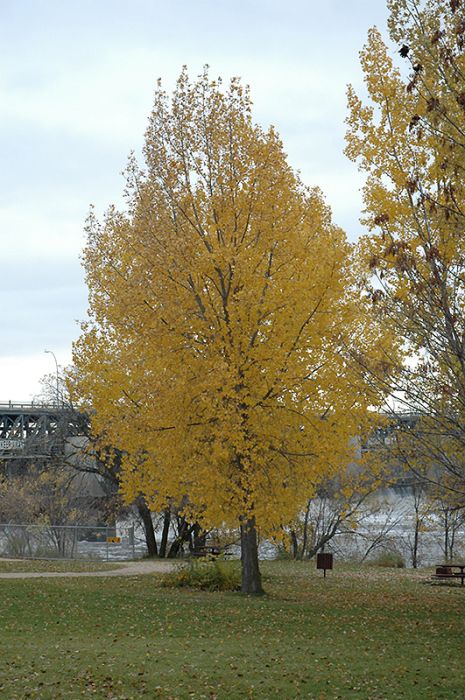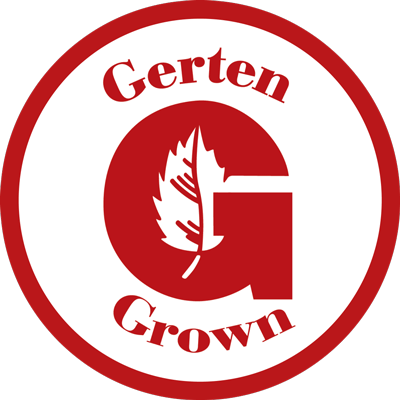Populus, Eastern Cottonwood 'Siouxland Poplar' (Cottonless)





- Sun Preference
- Full-Sun
Description
Cottonless! Fast growing, rounded crown. Tolerates moist sites. Yellow fall color.
Minnesota's Largest Selection of Trees
At Minnesota's Destination Garden Center, we offer a diverse range of trees to suit any landscaping need. Whether you're looking for shade trees to cool your home or ornamental trees to add beauty and interest, you'll find the perfect tree at Gertens. Our knowledgeable staff can help you select the right tree for your space and provide tips for care and maintenance. Visit Gertens today and explore the unmatched variety of trees to enhance your outdoor environment!
Details
Siouxland Poplar | Populus deltoides 'Siouxland'
Height: 90 feet
Spread: 40 feet
Sunlight: full sun
Hardiness Zone: 3a
Other Names: Siouxland Cottonwood
Brand: Gertens
Description:
A large fast-growing, upright, oval tree for larger properties; seedless variety; tolerant of the worst growing conditions, even moist areas; has an aggressive root system, so don't plant near the house; makes an excellent windbreak or quick shade tree
Ornamental Features
Siouxland Poplar has rich green deciduous foliage on a tree with an oval habit of growth. The large heart-shaped leaves turn yellow in fall.
Landscape Attributes
Siouxland Poplar is a deciduous tree with a shapely oval form. Its relatively coarse texture can be used to stand it apart from other landscape plants with finer foliage.
This tree will require occasional maintenance and upkeep, and is best pruned in late winter once the threat of extreme cold has passed. Gardeners should be aware of the following characteristic(s) that may warrant special consideration;
- Invasive
- Disease
Siouxland Poplar is recommended for the following landscape applications;
- Shade
- Windbreaks and Shelterbelts
Planting & Growing
Siouxland Poplar will grow to be about 90 feet tall at maturity, with a spread of 40 feet. It has a high canopy with a typical clearance of 7 feet from the ground, and should not be planted underneath power lines. As it matures, the lower branches of this tree can be strategically removed to create a high enough canopy to support unobstructed human traffic underneath. It grows at a fast rate, and under ideal conditions can be expected to live for 60 years or more.
This tree should only be grown in full sunlight. It is an amazingly adaptable plant, tolerating both dry conditions and even some standing water. It is not particular as to soil type or pH, and is able to handle environmental salt. It is highly tolerant of urban pollution and will even thrive in inner city environments. This is a selection of a native North American species.
More Information
| Gerten Grown Plants | Gerten Grown Plants |
|---|---|
| MN Native Plants | MN Native Plants |
| Available for Pre-Order | Yes |
| Tree Type | Shade & Ornamental |
| Sun Preference | Full-Sun |
| Mature Height (Range) | 50+ feet |
| USDA Hardiness Zone | 3, 4, 5, 6, 7, 8, 9 |
| Common Family Name | Poplar |






